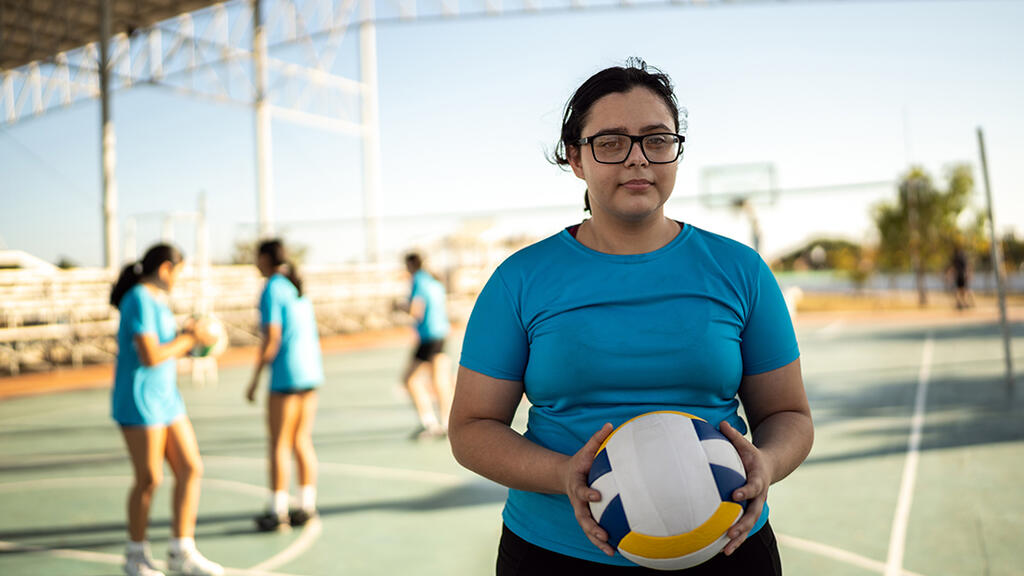Playing sports and being part of a team is a valuable childhood experience. However, negative behaviors like bullying can shift the team dynamic and have serious, long-lasting consequences for the athlete being targeted.
By understanding what bullying is—and what you can do when you notice it occur—you can help make sport settings more inclusive, supportive, and safe for everyone.
What is bullying?
Bullying can take many forms from verbal name-calling to physical hitting, and sometimes it can be hard to identify. Social bullying, such as spreading rumors or lies about a teammate, can occur in person or online through text messages, email, and social media sites, while sexual bullying involves targeting an athlete’s gender identity, expression, or orientation.
Mean or rude behavior may occur from time to time in the form of fights or conflict on the playing field. Bullying behavior, however, is repeated or severe aggressive behavior directed at a minor.
It’s a fact that kids being bullied are less likely to tell an adult when they’re being harmed. This is why it’s essential for parents and coaches to recognize and respond to inappropriate behavior—and stop it before it escalates into something more.

